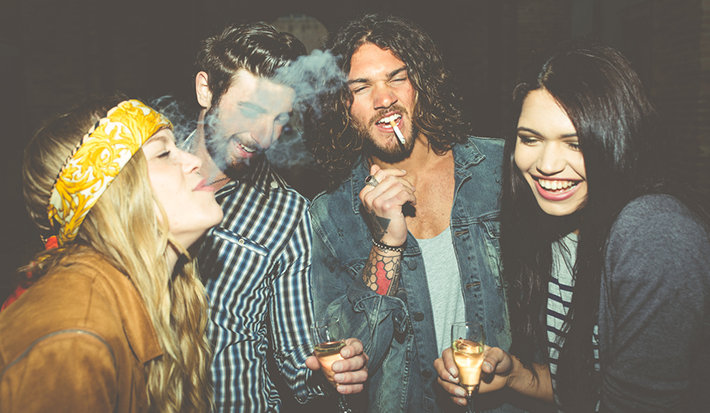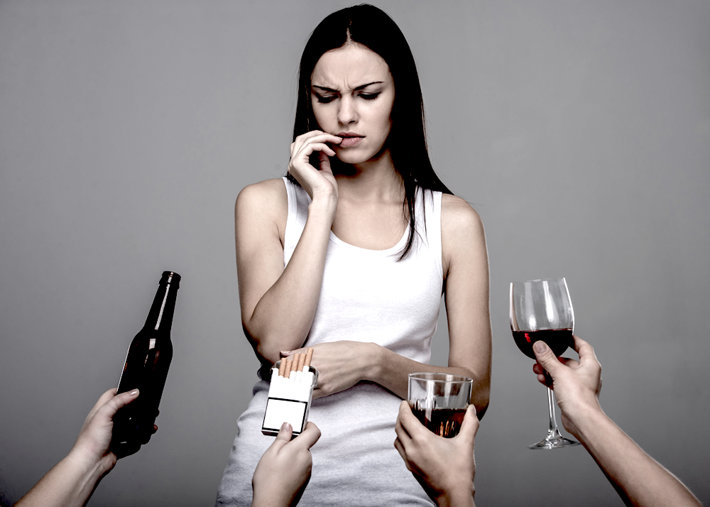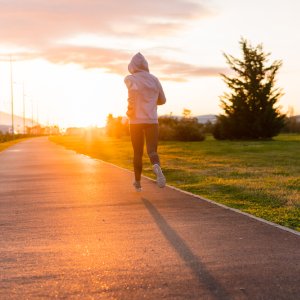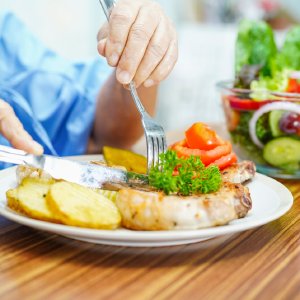Bad Health Habits and Substance Abuse

Bad health habits beget more bad habits, just as good habits beget good habits. For as long as we can remember, this logic has made sense to us. It just computes well that fast-food eaters will likely be ones to skip the gym as well. That people who do Yoga will probably eat home-cooked meals. That people who are chaste and moral will likely be financially ethical and will pay their taxes. That people who smoke cigarettes and drink alcohol will, yes, also possibly do drugs.
We can see a plethora of bad health habits building on top of each other most often in younger people. Teens and adolescents are sort of at the “all or nothing” age, their bodies and brains chock-full of estrogen, testosterone, energy, dopamine, adrenaline, and serotonin. If a person is going to go, “all out” in an area, their late teens and early twenties are the most likely ages for such activities.
Science Behind Lifestyle Choices
When people are young, care must be taken to the lifestyle choices and directions they go in. Teens constantly come to forks in the road throughout their day-to-day lives, choices between different people to hang out with, some of a good influence, some of a harmful influence. They will face choices in which activities to engage in, which places to inhabit, and what to do with their free time. Any, one of these choices could start them on a path of bad health habits which could ultimately end in substance abuse. For the longest time this was believed and observed, but now it has been proven scientifically.

One research project published in the journal Alcoholism: Clinical & Experimental Research, indicated that young people who do not get enough sleep are more likely to abuse drugs and alcohol. Furthermore, the same study indicated that young people who had poor diets, who ate out often, who ate bad foods, and who generally speaking ate meals with a high sugar and fat content were more likely to abuse drugs and alcohol than those teens who had healthy eating habits.
According to Maria Wong, one of the corresponding author’s of the study:
“Sleep difficulties at the first wave significantly predicted alcohol-related interpersonal problems, binge drinking, [getting] drunk or very high on alcohol, driving under the influence of alcohol, getting into a sexual situation one later regretted due to drinking. National polls indicate that 27 percent of school-aged children and 45 percent of adolescents do not sleep enough.”
The research project collected data gathered from more than six-thousand five-hundred teens. To be extremely thorough, the study collected information from teens in 1994, 1996, and 2001. In this way, the study was able to prove that the study’s findings were trans-generational.
The research project was able to show that lifestyle choices are communicable, meaning that one lifestyle choice tends to translate to a similar kind of lifestyle choice, only in a different area of living. For example, teens who had bad health habits were also more likely to take risks in automobiles and get in accidents as a result, to sustain injury from risky endeavors, and to have risky sex.
A Healthy Life is the Best Life

For teens and grown adults alike, a healthy life is a commitment to a good life. Making that commitment to healthy living and a happy, successful life is necessary to ensure good living in all aspects of life. For teens especially, healthy lifestyle habits are necessary to ward off risk for substance abuse. Parents and other teens both should encourage healthy lifestyle habits, as the future of our teens depends on it.
Sources:


